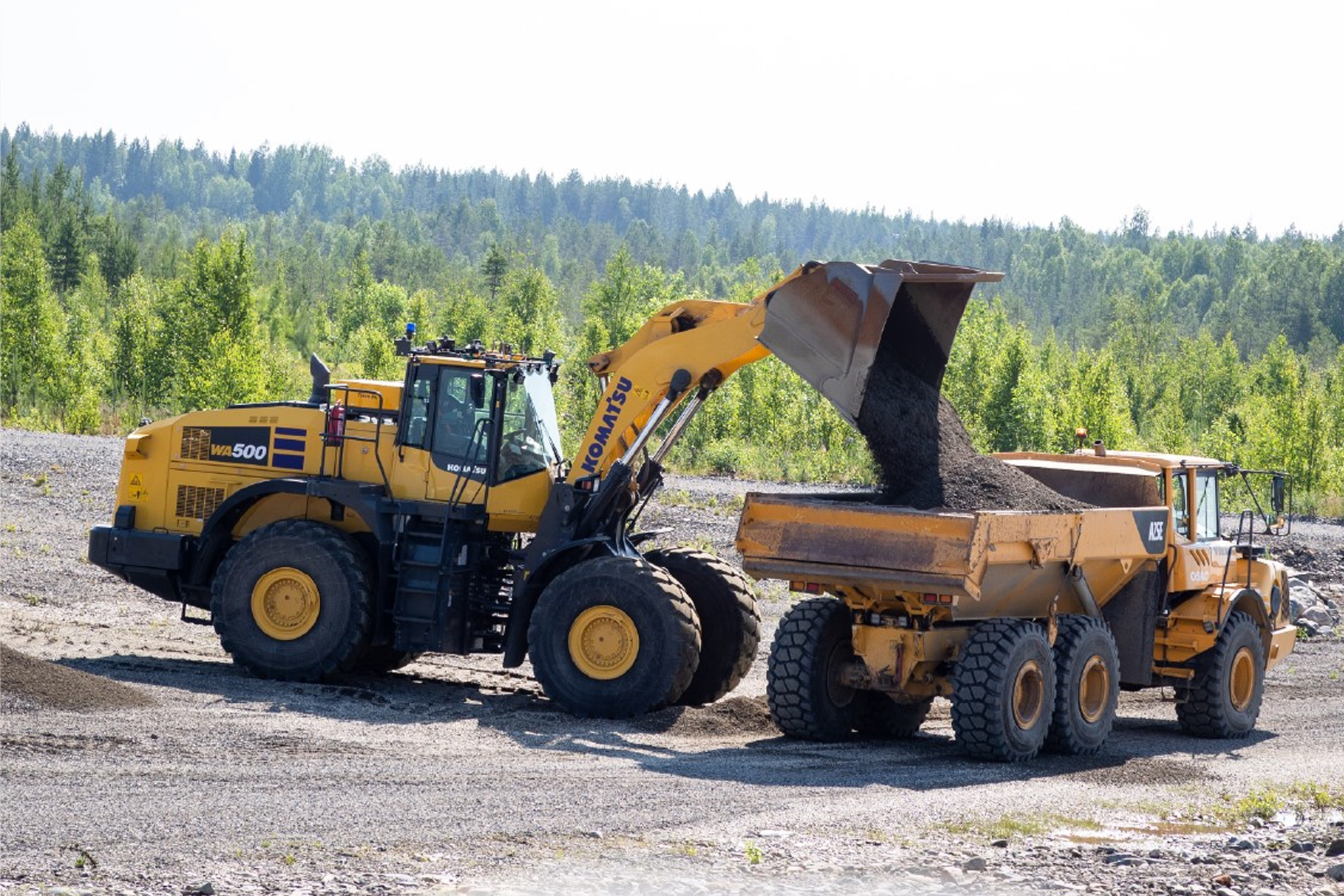

Autonomous cars and robotaxis have a mixed record. As operators like Cruise expand, it’s becoming clear that their services may not be ready for primetime. That doesn’t mean remotely operated and autonomous vehicles have no place anywhere, though, and one potentially useful area for the technology is on construction and job sites.
Teleo is a company fitting remote and autonomous driving equipment to a slew of heavy machinery. The technology allows for several vehicles at different job sites to be operated from one central command center, like drones. The company can now also route construction vehicles around sites completely autonomously, meaning the time an operator would usually spend shuttling material from location to location is done automatically.

The autonomous component of the operation is what’s new here. Teleo has been equipping heavy machinery like dump trucks, as well as wheel and track loaders, with remote-operation hardware for some time. Even the reasonably low level of autonomy that Teleo is applying is impressive, though.
The company’s first customer for the new tech, Tomahawk Construction, will be applying it to articulated dump trucks in Naples, Florida. These vehicles spend almost all of their time shuttling material to different locations on a job site, which is a residential community in the making. Soon, however, the only thing that will be done by actual people is the loading/unloading process. Even that can be done remotely by one operator controlling multiple machines, though. The tech will be rolled out to three trucks to start, but a full dozen will be receiving the autonomous features later on.



Teleo’s tech is flexible, too. It’s fitted remote operation technology to machines from John Deere, Caterpillar, Volvo, and Komatsu. In other words, you can bring the company a machine and it can probably tailor a solution to your vehicle.
The potential here is huge. Even just remote operation of heavy machinery is a big step towards streamlining operations for many companies. The addition of autonomy means that assets a business may not typically be able to utilize due to operator shortages or distance between sites are suddenly available. It’s doubtlessly better for the equipment operators themselves to be indoors as well. Imagine waking up for your day as a heavy machinery operator and sitting down in an air-conditioned office.


It must also be said that off-road, predictable scenarios with fewer moving parts than a city street are ideal locations for autonomous and remotely operated vehicles. Think of systems like Ford’s Blue Cruise or General Motors’ Super Cruise. They work well because highways are a reasonably sanitary environment for such software to navigate. Much the same can be said for many construction sites, although there are naturally limits to where Teleo’s autonomous machines can operate safely.
In any case, the application of limited autonomy and remote operation for heavy machinery clearly has big implications. Productivity and safety for operators, namely, are key benefits. There may be some hurdles as this tech rolls out, not completely unlike what Cruise is facing, but Teleo is demonstrating that applications for autonomous driving are further reaching than anyone may have anticipated.
Got a tip? Email us at tips@thedrive.com